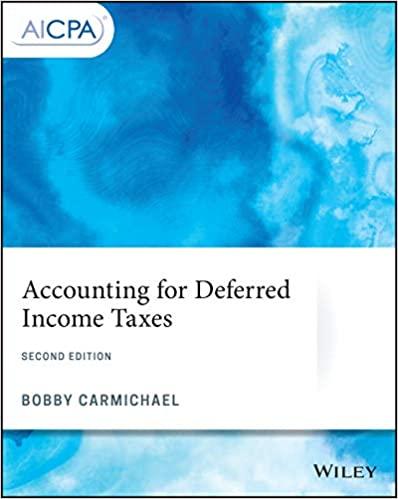1. William Howe must decide whether to start a business renting beach umbrellas at an ocean resort during June, July, and August of next summer. He believes that he can rent each umbrella to vacationers at $7 a day, and he intends to lease 40 umbrellas for the three-month period for $4,000. To operate this business, he does not have to hire anyone (but himself), and he has no expenses other than the leasing costs and a fee of $3,000 per month to rent the location of the business. Howe is a college student, and if he did not operate this business, he could earn $5,000 for the three-month period doing construction work. If there are 80 days during the summer when beach umbrellas are demanded, and if Howe rents all 40 of his umbrellas on each of these days, how much is his total revenue? A. $22,000. B. $22,400. C. $25,200. D. $28,000. E. none of the above. 2. Using the information in question #1, what will be William Howe's explicit and implicit cost for the summer? A. $5,000; $13,000, respectively. B. $5,000; $7,000, respectively C. $13,000; $5,000, respectively. D. $7,000; $5,000, respectively. E. none of the above. 3. Using the information in question #1, what will be William Howe's accounting profit for the summer? A. $9,400. B. $4,400. C. $15,400. D. $10,400. E. none of the above. 4. Using the information in question #1, what will be William Howe's economic profit for the summer? A. $9,400. B. $4,400. C. $15,400. D. $10,400 E. none of the above. 5. The demand and supply functions for wheat are as follows: QOX= 4.5 -0.4 P O = 1.5 +0.6 P. where is the quantity supplied of wheat in billions of bushels), is the quantity demanded of wheat (in billions of bushels), and Pw is the farm price of wheat (in dollars per bushel) What is the equilibrium price of wheat? A. $8 per bushel. B. $6 per bushel. C. $5 per bushel. D. $3 per bushel. E. none of the above. 6. Using the information in question #5, what is the equilibrium quantity of wheat sold? A. 3.3 billion bushels. B.3.7 billion bushels. C. 3.9 billion bushels. D.2.9 billion bushels. E. none of the above. 7. Using the information in question #5, if the price of wheat is set at $4.00 per bushel, the market will have A. a shortage of 1 billion bushel. B. a surplus of 1 billion bushel. C. a shortage of 0.6 billion bushel. D. a surplus of 0.6 billion bushel. E. none of the above








